It’s also important to know the past tense and the past participle of “see” for all students of English. The verb “see” undergoes a complete change when we are talking about the past. We shall see in this post how “see” is changed to “saw” and “seen.”
We’re also going to discuss why such changes in the English grammar are significant. You’ll receive some illustrations in the past tense, take a glance at the most common mistakes to avoid, and see how to utilize these formations appropriately. Explore this significant element of learning English!
Past Tense of ‘See’
The past tense of see is “saw.” When we talk about something that has already happened, we change “see” to “saw.” This transformation is common in the English language.
How It Changes
| Base Form | Past Tense |
| see | saw |
| go | went |
| have | had |
| make | made |
| take | took |
you will like What is the Past Tense of See and its Past Participle?
Why it Matters
Here are eight verbs used in sentences, with one sentence in the present tense and another in the past tense:
- See
- (Present): I see my friends at the coffee shop every Saturday.
- (Past): I saw my friends there last weekend.
- Go
- (Present): She goes to the library every Wednesday.
- (Past): She went to the library yesterday.
- Have
- (Present): We have a meeting every Monday morning.
- (Past): We had a meeting last week.
- Make
- (Present): He makes breakfast for his family every day.
- (Past): He made breakfast for them yesterday.
- Take
- (Present): I take a walk in the park every evening.
- (Past): I took a walk in the park last night.
- Write
- (Present): They write articles for the school newspaper.
- (Past): They wrote an article about the event last month.
- Read
- (Present): She reads a new book every month.
- (Past): She read a fascinating book last week.
- Speak
- (Present): I speak with my colleagues every day.
- (Past): I spoke with my colleagues about the project yesterday.
Past Participle of ‘See’
The past participle of see is “seen.” This form is used in verb tenses, such as the present perfect.
How It Changes
| Verb | Past Tense | Past Participle |
| see | saw | seen |
| go | went | gone |
| write | wrote | written |
Why it Matters
Here are eight verbs used in sentences, with one verb being “see,” which is presented in both the present tense and the past tense (while still being true now):
- See
- (Present): I see the beautiful sunset every evening.
- Past (still true now): I saw the Grand Canyon last year, and I still remember how stunning it was.
- Know
- (Present): I know the answer to the question.
- Past (still true now): I knew him in high school, and we are still friends today.
- Live
- (Present): I live in New York City.
- Past (still true now): I lived in Los Angeles for five years, and I still cherish those memories.
- Visit
- (Present): I visit my parents every month.
- Past (still true now): I visited Paris last summer, and I still think about the amazing sights.
- Enjoy
- (Present): I enjoy reading mystery novels.
- Past (still true now): I enjoyed that book I read last month, and I often recommend it.
- Taste
- (Present): I taste different cuisines every week.
- Past (still true now): I tasted sushi for the first time last year, and it’s now one of my favorites.
- Learn
- (Present): I learn new things every day.
- Past (still true now): I learned about photography in college, and I still use those skills.
- Try
- (Present): I try to exercise regularly.
- Past (still true now): I tried yoga for the first time last month, and I still practice it.
you might be What is the Past Tense of See and its Past Participle?
Common Mistakes to Avoid
Even advanced learners can make common mistakes with these forms.
Don’t Mix Up Words
Mixing up words can lead to confusion. It’s vital to know when to use “saw” and “seen.” When you use “saw,” it means the action is complete and happened at a specific time. For instance, “I saw the concert last week.”
Conversely, “seen” is used with auxiliary verbs.
For example:
- I have seen the concert.
- This indicates an experience without a specific time frame.
Keep Tenses Right
Maintaining the correct tense is essential in communication. Mixing tenses can confuse your audience. For example, saying, “I saw him and I see him every day” mixes past and present tenses incorrectly.
FAQ” S
What is the past tense of see?
The past tense of see is “saw.”
What is the past participle of see?
The past participle of see is “seen.”
How do I use saw in a sentence?
You can say, “I saw my friend at the store yesterday.”
How do I use seen in a sentence?
You can say, “I have seen that movie before.”
Why is it important to use the correct past tense?
Using the correct past tense helps avoid confusion and improves communication.
Conclusion
Understanding the past tense of see and its past participle is essential for effective communication. With practice, you can avoid common mistakes and use these forms correctly. Remember that “saw” is the past tense, and “seen” is the past participle. This knowledge will help you express your thoughts and experiences more clearly, making your conversations and writing more engaging.

Mason Blake is an experienced blogger with a passion for language and communication. With years of expertise in crafting informative and engaging content, Mason shares valuable insights on grammar and writing. His clear, concise, and reader-friendly approach has earned him a loyal following, helping readers sharpen their language skills and master the art of effective communication.

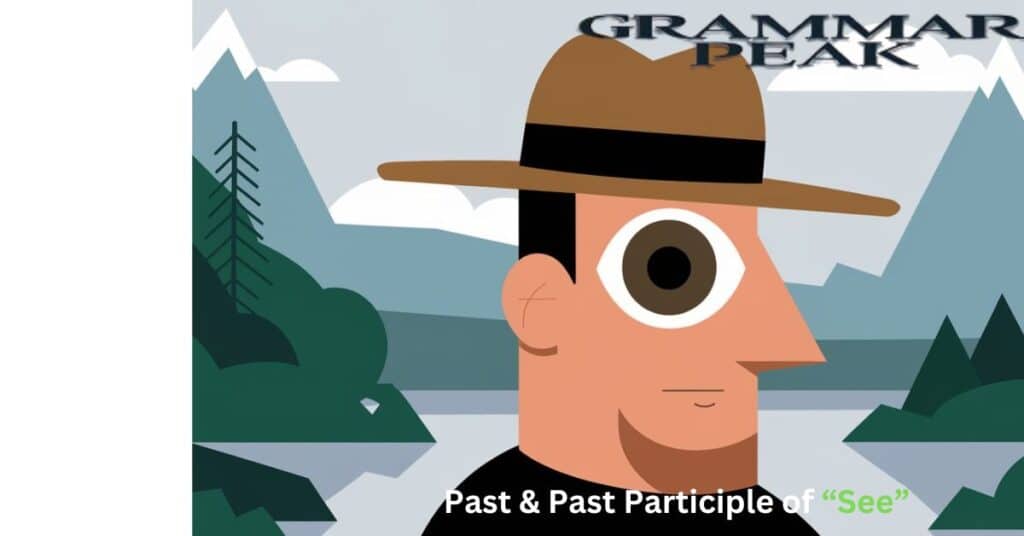
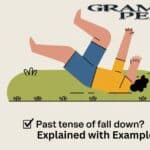
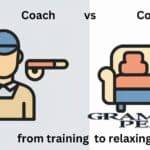
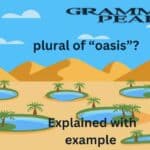
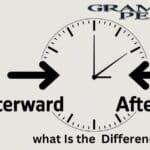

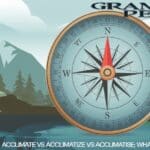
Can you be more specific about the content of your article? After reading it, I still have some doubts. Hope you can help me. https://accounts.binance.info/register?ref=IJFGOAID
Can you be more specific about the content of your article? After reading it, I still have some doubts. Hope you can help me.
I don’t think the title of your article matches the content lol. Just kidding, mainly because I had some doubts after reading the article.
Can you be more specific about the content of your article? After reading it, I still have some doubts. Hope you can help me.
Thank you for your sharing. I am worried that I lack creative ideas. It is your article that makes me full of hope. Thank you. But, I have a question, can you help me?
Can you be more specific about the content of your article? After reading it, I still have some doubts. Hope you can help me.
Your article helped me a lot, is there any more related content? Thanks!
This article came at the perfect time for me.
Thank you for making this topic less intimidating.
I wish I had read this sooner!
What an engaging read! You kept me hooked from start to finish.
yo0xic
I wish I had read this sooner!
Keep educating and inspiring others with posts like this.
fyhvt1
3z82hu
t48h1q
Thanks for sharing. I read many of your blog posts, cool, your blog is very good.
ld4h3v